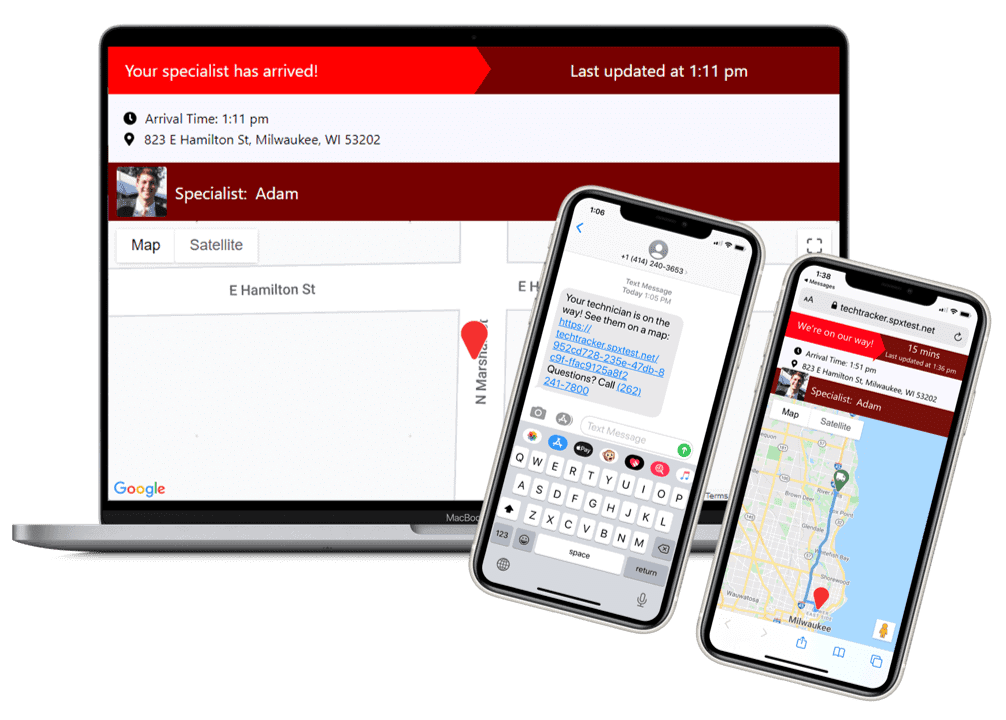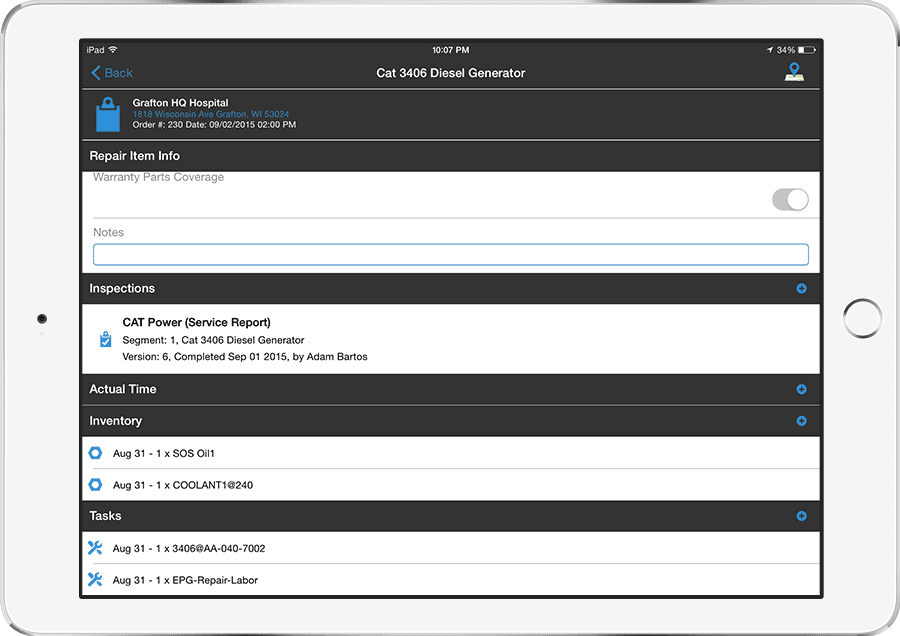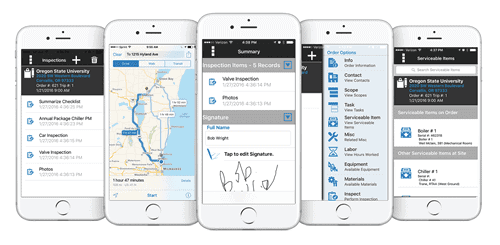How to leverage today’s technology to empower your future field service team

We recently sat down with Mike Lohse, Hardware Product Manager for the Commercial AR/VR team at Lenovo, and Adam Bartos, Senior Director of Sales Effectiveness at MSI to discuss up-and-coming field technician technologies.
Together, they answer the question: How do we take today’s technology to achieve a futuristic team of field service technicians by 2025?
Watch the full discussion here.
Impact of COVID-19 on field service customer communication
Research shows 73% of service leaders1 agree that the COVID-19 pandemic changed how they engage their customers in 2020 and going forward.
Like you, your service customers just spent the past year using real-time, touchless delivery services, like Door Dash and Instacart. Our consumer experience has changed. And that is informing how we expect service to be performed.
That also explains why 89% of customers1 now prefer an Uber-like experience to track technicians. Instead of wondering when the field technician will arrive onsite, field service companies should look to proactively communicate the tech’s ETA and route with customers via email and text.
Automated appointment communications could save hours of time spent on the phone confirming appointments with customers. And it provides peace of mind for customers, so they know exactly when and where the technician will arrive.
Like you, your service customers just spent the past year using real-time, touchless delivery services, like Door Dash and Instacart.
Our consumer experience has changed. And that is informing how we expect service to be performed.

Enabling peer-to-peer collaboration with live feed on mobile
Since the 1950s, service companies have been sending technicians out in the field equipped with a stack of paper work orders, a clipboard, and a pen. Technicians made do with the information provided to solve their customers’ problems. But they lacked insight into the customer’s service history and equipment records, which could help them solve the problem even faster.
As we look forward to what peer-to-peer communication may look like in 2025, service organizations should consider treating work orders as living, breathing collaborative entities. This would replace the static paper work orders predominantly used throughout the field service industry for decades.
Here’s how a work order live feed could work: Admins and technicians can drop notes, insights, and photos into the digital work order. The technician can access all this data in the digital work order while onsite using a mobile app.
This means even if the technician hasn’t been to this site before, the tech arrives fully equipped with the background information and insights from the team. With a live feed of insights, field technicians can gain a better understanding of the problem to solve the issue faster so customers can get back up and running faster.
As we look forward to what peer-to-peer communication may look like in 2025, service organizations should consider treating work orders as living, breathing collaborative entities
This would replace the static paper work orders predominantly used throughout the field service industry for decades.
IoT-enabled equipment gaining steam in 2021
Field service organizations, manufacturers, and distributors are all under pressure to do more with less. That’s one reason why we’re seeing increased adoption of Internet of Things (IoT) devices throughout nearly every industry.
IoT-enabled equipment can help provide more predictive maintenance and faster break-fix resolution. And that’s important for field service organizations today to be successful. Service companies can’t afford to do service sloppily. In a lot of cases, the service industry has a low barrier to entry. Just one bad experience could cause the customer to hop to another service provider.
Despite the disruptive impacts of COVID-19, service companies should look to adopt and increase their usage of IoT-equipped assets and the resulting insights from those assets. And research shows a gap in IoT investment and adoption that field service companies can take advantage of to gain speed over the competition.
A 2020 Gartner survey revealed 47% of organizations2 plan to increase their investments in the Internet of Things (IoT). And this increase in IoT investment isn’t limited to just the service providers. Manufacturers are also looking to use more IoT data in their products. In fact, 50% of manufacturers expanded the use of embedded diagnostic capabilities to resolve break-fix incidents in 2021.
It’s clear the Internet of Things are here to stay. Savvy service companies should look to consider ways to capitalize on the data and insights made available with IoT-enabled assets.
Despite the disruptive impacts of COVID-19, service companies should look to adopt and increase their usage of IoT-equipped assets and the resulting insights from those assets.
And research shows a gap in IoT investment and adoption that field service companies can take advantage of to gain speed over the competition.

More field technician technology resources

Infographic – The Field Technician of 2025: 5 Key Opportunities to Take Advantage of Now
Sources: 1. Salesforce State of Service, Fourth Edition, 2021; 2. Gartner Research, Gartner Survey Reveals 47% of Organizations Will Increase Investments in IoT Despite the Impact of COVID-19







